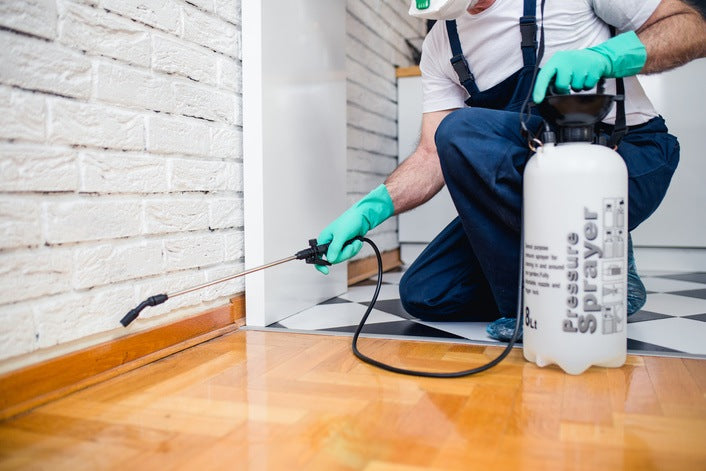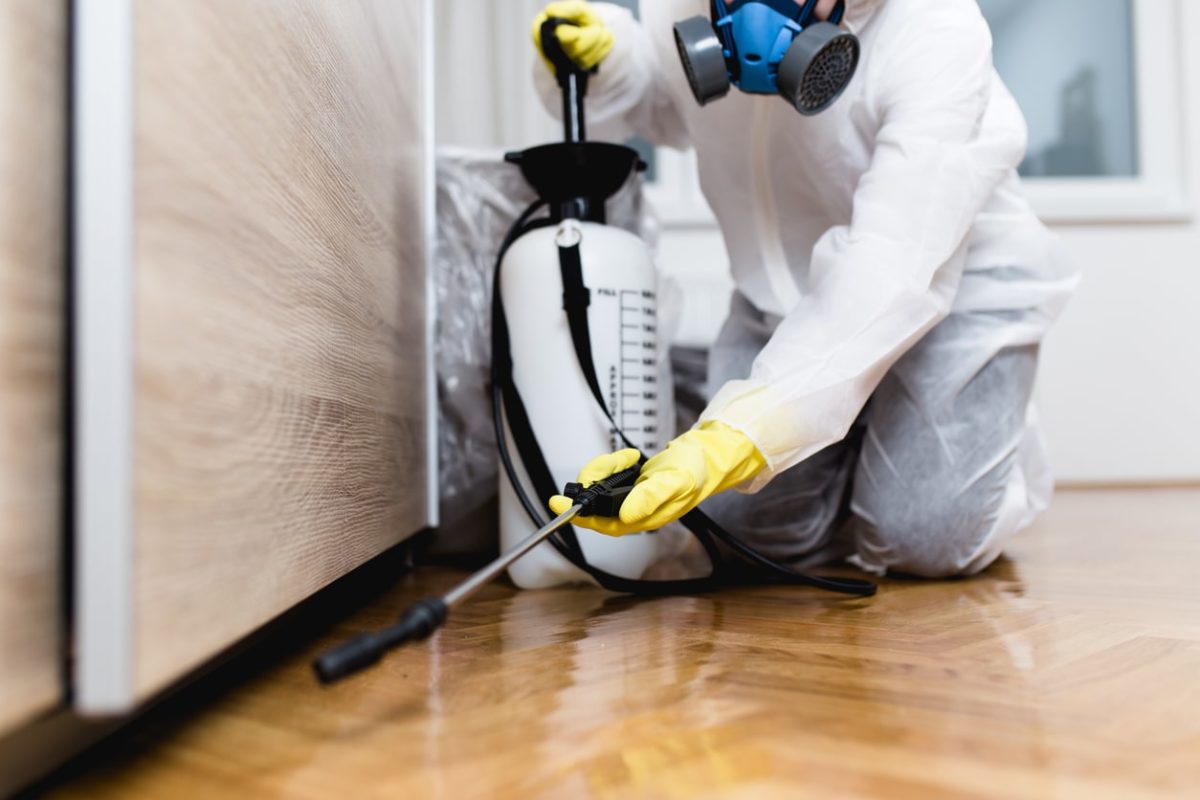Why Trust Pest Control Lockhart for Your Property Protection Needs
Why Trust Pest Control Lockhart for Your Property Protection Needs
Blog Article
Checking Out Infestation and Treatment Techniques worldwide of Bug Control
The landscape of pest control encompasses a myriad of obstacles, especially as infestations of typical family insects remain to develop. Comprehending the behaviors and reproductive patterns of these nuisances is vital for establishing effective therapy techniques. By integrating precautionary procedures with sophisticated management techniques, such as Integrated Insect Management (IPM), property owners can much better safeguard their settings. The performance of these methods may differ significantly based on certain situations. What underlying aspects add to the success or failing of these techniques in various setups?

Usual Home Vermin
When it comes to managing our space, recognizing common house parasites is crucial. These bugs not just interrupt our convenience but can additionally position health and wellness risks and damages residential property. One of the most common family parasites include ants, cockroaches, rodents, termites, and bed pests.
Ants, commonly seen foraging in cooking areas, can infect food and develop big swarms. Cockroaches, recognized for their strength, can activate allergies and spread microorganisms. Rodents, consisting of computer mice and rats, can trigger structural damage and bring diseases like hantavirus and salmonella. Termites, usually referred to as "quiet destroyers," can jeopardize the stability of wood frameworks, resulting in costly fixings. Bed pests, although not condition service providers, can cause significant discomfort via their attacks and cause psychological distress.
Recognizing the indicators of these bugs, such as droppings, nests, or attack marks, is important for early intervention (Pest Control Lockhart). Correct sanitation practices, sealing access points, and preserving a clutter-free setting work preventative steps. By determining these usual house pests and recognizing their actions, home owners can take proactive actions to reduce problems, making certain a healthier living atmosphere
Recognizing Bug Infestations
Bug problems can intensify swiftly, transforming a small aggravation into a substantial issue if not resolved immediately. Typical variables adding to problems consist of poor cleanliness, architectural susceptabilities, and seasonal adjustments that drive bugs inside.
Recognizing the sort of pest is vital, as various species display diverse behaviors and reproductive rates. Rats might develop nests in hidden locations while insects like cockroaches prosper in wet atmospheres. Early discovery typically hinges on identifying indicators such as droppings, munch marks, or unusual sounds, which can indicate an issue before it ends up being severe.
Cozy, damp climates can help with the rapid growth of parasite populations, while adjustments in landscaping or construction can unintentionally produce helpful settings. An enlightened technique to understanding these dynamics lays the groundwork for reliable insect management approaches in the future.
Therapy Techniques and Techniques
Efficient therapy techniques and strategies are necessary for alleviating bug problems and bring back a secure setting. A complex approach is frequently best, incorporating chemical, organic, and mechanical techniques customized to the certain bug and the severity of the problem.
Chemical treatments include making use of pesticides and herbicides, which can efficiently remove insects. Appropriate application and adherence to safety guidelines are critical to decrease threats to humans and non-target organisms. Integrated Bug Administration (IPM) urges the judicious use chemicals as a last resource, relying instead on tracking and limit degrees to establish treatment needs.
Organic control methods entail introducing all-natural killers or parasites to reduce pest populations. This technique is progressively preferred, particularly in agricultural my explanation setups, as it promotes ecological sustainability.
Mechanical methods, such as catches and obstacles, provide immediate relief from bugs without introducing chemicals. Alternatives consist of sticky traps for bugs or physical obstacles for rodents.
Eventually, the choice of therapy technique need to take into consideration the particular insect, the setting, and prospective influences on human health and environments. A well balanced combination of these methods can effectively take care of infestations while promoting long-term pest control options.
Safety Nets for Residence
Proactively dealing with bug concerns before they intensify is essential for maintaining a healthy home atmosphere (Pest Control Lockhart). Applying effective precautionary procedures can significantly minimize the probability of problems, inevitably securing both your residential property and wellness

Correct landscape design additionally plays an essential role in prevention. Keeping shrubs and trees cut away from the residence lowers the opportunities of parasites discovering their method inside your home. Ensure that drainage systems are operating efficiently to avoid standing water, which can draw in insects look at this web-site and various other bugs.
Lastly, routine evaluations are recommended. Frequently checking for indicators of bug activity permits very early intervention. By taking on these preventative procedures, property owners can create a setting that is less friendly to bugs, thus boosting their general lifestyle and minimizing the requirement for extensive insect control treatments.
Industrial Parasite Control Methods
A comprehensive strategy to commercial parasite control is vital for services aiming to preserve a secure and hygienic setting. Effective methods involve a combination of normal inspections, worker training, and the implementation of Integrated Parasite Management (IPM) methods.
Normal inspections allow very early detection of insect task, permitting prompt intervention. Services should develop a regular timetable for these analyses, concentrating on high-risk areas such as cooking areas, storeroom, and waste disposal websites. Staff member training is just as essential; personnel must be enlightened on the signs of insect infestations and the significance of reporting them promptly.
Applying IPM practices helps reduce insect problems sustainably. This consists of environment adjustment, such as securing entry points and reducing clutter, as well as employing natural visit our website deterrents before resorting to chemical treatments.

Furthermore, working together with a certified parasite control service provider guarantees access to expert knowledge and advanced therapy alternatives. This collaboration can cause personalized insect control prepares customized to the certain needs of business, decreasing risks and boosting total effectiveness. Eventually, a positive and educated strategy cultivates a pest-free atmosphere, protecting both public health and business reputation.
Verdict
In final thought, efficient pest control necessitates an extensive understanding of usual family insects and their behaviors, paired with targeted treatment methods. Applying safety nets along with therapy methods such as Integrated Insect Monitoring and biological control enhances the capability to mitigate problems. Routine examinations and a combination of chemical and mechanical solutions further add to maintaining pest-free settings. Ultimately, a well-rounded technique to pest management is necessary for protecting living rooms from unwanted trespassers.
Report this page